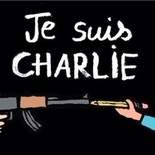
Part of the work of The Prophet in Mecca was clearing of the Kaaba of figural images worshiped by the people of his time. Very soon after The Prophet’s death the Quran was written down and so Muslims became a people of the book - Just like Jews and Christians. The difference being the stress in the inerrancy of the Quran; it is perfect and cannot be altered or interpreted as it was a near-direct revelation from Allah. That said, there is no actual prohibition of figural images in the Quran (http://www.newsweek.com/koran-does-not-forbid-images-prophet-298298), there is however to be found in Hadith (the sayings of the prophet) some directives aginast the production of images.
Either-way over time an aniconic attitude developed in Islam to not only include images of God but also images of The Prophet, other prophets and The Prophet’s family. This lead to wondrous range of non-figural artistic styles in Islam including geometric patterns and calligraphic art. Artists have also found ways of circumventing the prohibition by depicting Muhammad with a veiled face or a halo of fire which obscures his image. Thus artists were able to express themselves without breaking the religious taboo.
What do you think about this difficult issue?

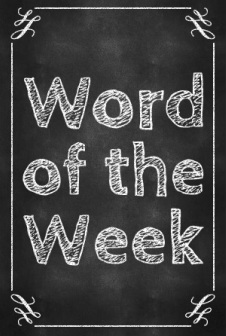
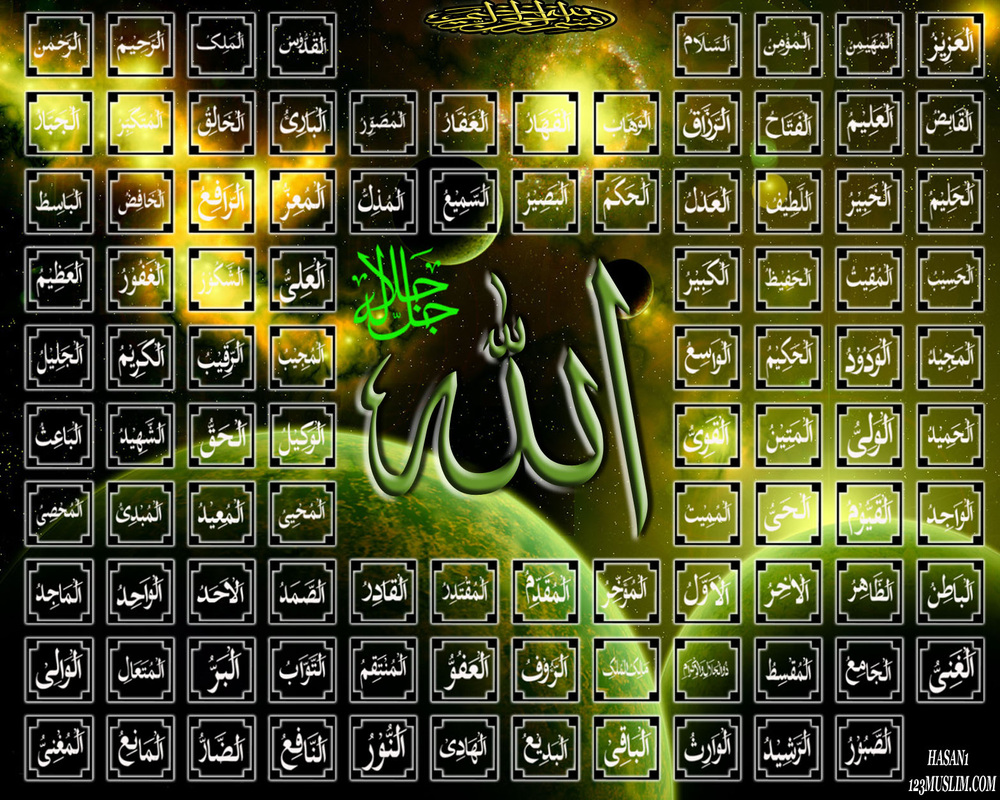
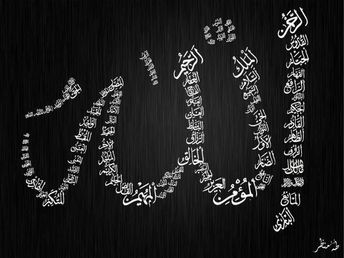
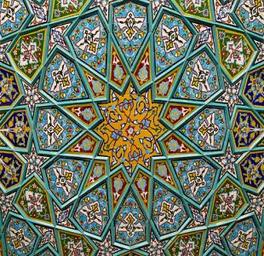
 RSS Feed
RSS Feed
